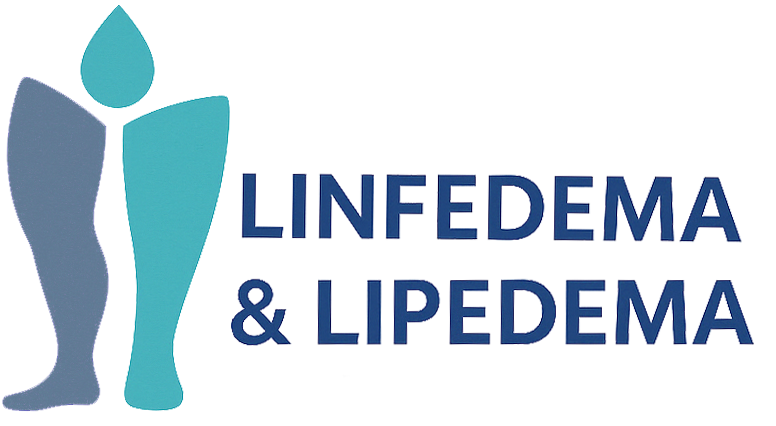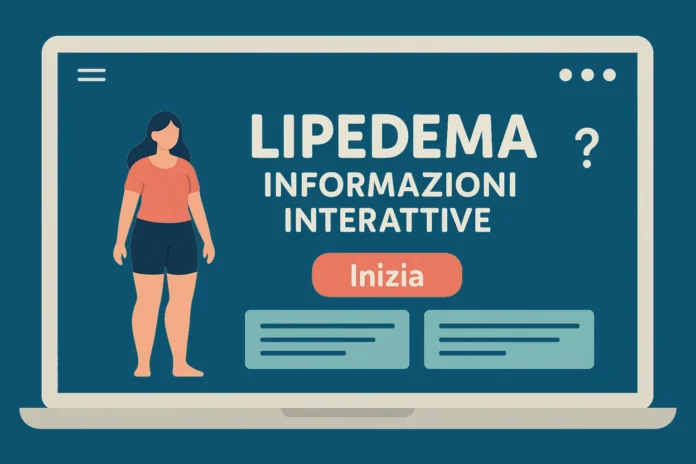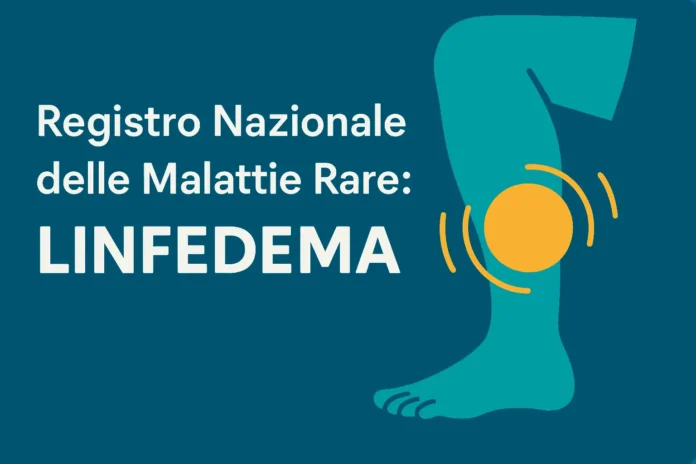Authors & affiliations:
Cansu Sahbaz-Pirincci — University of Health Sciences, Ankara · Emine Cihan — Selçuk University, Konya · Ülkü Düzlü-Öztürk — Ankara City Hospital · Pinar Borman — Ankara Medipol University · Meltem Dalyan — Rehabilitation Hospital, Ankara City Hospital
This prospective study enrolled 98 patients (137 limbs) with four lymphedema etiologies—breast-cancer related, primary, phlebolymphedema and lipolymphedema. All underwent a three-week standardized complex decongestive therapy (CDT) programme consisting of daily manual lymph drainage, multilayer short-stretch bandaging, therapeutic exercise, and skin care, followed by custom compression garments for maintenance. Limb volume was gauged by circumference measurements, quality of life by LYMQOL, and upper-/lower-limb function by QuickDASH or LEFS.
CDT produced significant mean volume reductions of 10.4 % in cancer-related and 9.8 % in primary lymphedema, but only 6.1 % in phlebolymphedema and 5.4 % in lipolymphedema (inter-group p < 0.01). LYMQOL improved across all domains, yet functional gains lagged in phlebo- and lipolymphedema: grip strength and gait speed remained 15 % below baseline. Multivariate analysis implicates adipose-rich swelling and coexisting venous insufficiency in blunting short-term bandage efficiency, pointing to the need for rigid compression materials or adjunct venous surgery.
The authors offer an etiology-based treatment algorithm: conventional CDT for oncologic and primary cases; extended decongestive phase, 24-h low-stretch compression and early resisted exercise under garment for phlebo-/lipolymphedema. The creative advance lies in comparing heterogeneous populations with a single outcome battery, demonstrating that pathophysiology dictates response to CDT and should steer personalized compression regimens.
Tags: Flebolinfedema; Linfedema; Lipolinfedema; Lipolymphedema; Lymphedema; Phlebolymphedema




